Sony Cyber-shot DSC-TX5 Review
Sony Cyber-shot DSC-TX5
How can a waterproof camera look this good?
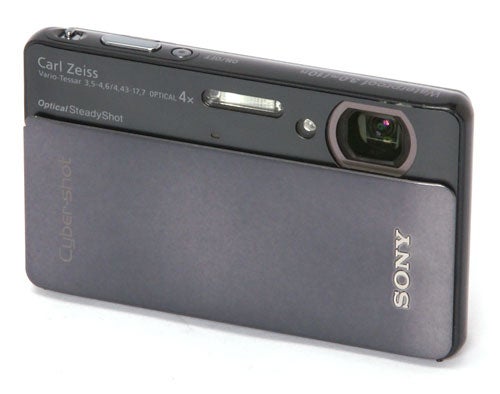
Verdict
Pros
- Rugged skills without rugged looks
- Natural colour reproduction
- Large 3-inch touchscreen LCD
Cons
- Autofocus slows a little low light
- Lack of manual settings options
- Touchscreen display not that responsive
Key Specifications
- Review Price: £240.00
- 4x optical zoom
- 10-megapixel camera
- Ruggedised body
- 720p video recording
- SD/MemoryStick Duo compatible
Waterproof, shockproof compact cameras have become very popular over the past couple of years, with several of the main manufacturers fielding “ruggedised” models in their ranges. I took a look at a few of the more popular waterproof compacts last year, and there are a few other recent models that can be added to the list, such as the Casio EX-G1 and the Pentax W90 which I’m hoping to review soon. While all these cameras live up to their adventure-proof claims, most of them could hardly be described as attractive. Most waterproof compacts are designed to look like military hardware, with exposed bolt heads (often merely cosmetic) and aggressively chunky lines, no doubt to appeal to the outdoor sports enthusiasts, who in the eyes of camera designers are apparently all macho men with three days of stubble on their chins.
The problem is that even the most hard-core adrenaline junkies don’t spend all day every day throwing themselves off mountains. Sometimes they like to go out in the evening, and may even own a few shirts that aren’t made out of neoprene or Gore-tex. For those social occasions they don’t necessarily want to be toting a camera that looks like it fell of the back of a Land-rover, so Sony has come up with the Cyber-shot TX5, a slide-front ultra-compact 10-megapixel camera with a big touch-screen monitor and Carl Zeiss 4x zoom lens. It looks just as elegant and stylish as any of the other cameras in Sony’s range, but it is fully waterproof to a depth of three metres for up to 60 minutes, shockproof against drops of up to 1.5m onto a hard surface, and freeze-proof down to minus 10 centigrade. That’s the same degree of ruggedness as some of the better-known waterproof compacts, such as the Olympus mju-Tough 3000 and 6010 or the new Panasonic FT10, and tougher than the Fujifilm Z33 WP, possibly it’s closest competitor in the “tough but stylish” stakes.
The TX5 really is a very pretty camera. It is not only smaller and lighter than other rugged cameras, it’s smaller and lighter than most other ultra-compacts, measuring 94 x 56.9 x 17.7mm and weighing just 144g including battery and memory card. The build quality is of course fantastic, with a body that is a combination of aluminium and high-strength plastic. Like most of Sony’s compacts it’s available in a range of colours, including pale green, pink, red, silver or the black (actually more of a slate grey) seen here. Unsurprisingly it’s not a cheap camera, and is available direct from Sony’s website for a rather pricey £329, £40 more expensive than the TX1 with which it shares most of its features. However shopping around online it is possible to find the TX5 for a much more reasonable £240.
As I mentioned on the previous page, the TX5 shares most of its features with the excellent Cyber-shot TX1 launched last year. These include its 10.6-megapixel Exmor R CMOS sensor, its Carl Zeiss Vario-Tessar f/3.5 – 4.6 4x zoom lens (equivalent to 25-100mm), and its big 7.5cm (3.0 inch) 16:9 format TFT LCD touch-screen monitor. Although I’m not a fan of touch-screen interfaces on cameras I have to admit it makes sense on a camera like the TX5. Although the button areas are a bit small it is possible to operate the touch controls while wearing gloves, a useful feature for a camera that is just as at home on a ski slope as at a party. Like the TX1 the menu interface can be customised by dragging icons for often used items onto the main screen. It’s not the quickest or most responsive screen I’ve ever seen, in fact there is a slight but not quite annoying delay when a button is pressed, but it is versatile, easy to use and works reliably.
There are some problems with the TX5’s handling. It is a very small camera with a very big monitor, and despite the narrow textured strip down the right of the screen there isn’t a lot of room to hold the camera. The glossy finish and slightly curved edge of the front panel make it quite slippery to hold, obviously a problem for a camera that is likely to be used with wet hands. The zoom control is also very fiddly, a tiny slider switch on the top right corner that is awkward enough to use with bare hands, and nearly impossible to use with ski gloves.
The TX5 is a point-and-shoot camera, so it doesn’t have much in the way of creative control apart from the usual selection of focus and metering modes. It has all of the other features of the TX1, including the clever Sweep Panorama feature, which automatically stitches together a continuous panorama when the camera is panned across a scene. It has the same Hand-held Twilight mode, which combines a series of still low-light images into one picture with (hopefully) reduced noise and camera shake, and an Anti-Blur mode which does exactly the same thing. One extra feature of the TX5, and which I was surprised not to find on the TX1, is a backlight correction HDR mode. Can I get away with taking credit for that idea?
Also like the TX1 the TX5 has a good video recording mode, shooting in 1280 720 resolution at 30fps, with mono audio and full optical zoom. Video and audio quality are very good, and the front-mounted microphone is quite directional. It doesn’t seem to suffer much from the infamous “Jello effect” common to some CMOS sensor cameras.
It’s also worth noting that unlike the TX1 the TX5 has a dual-formant memory card slot, and can take either SD/SDHC cards or Sony’s own Memory Stick Pro Duo cards.
Not too surprisingly the TX5’s performance is almost identical to that of the TX1, in other words excellent. It starts up and is ready to take a picture in a a little under two seconds, and in single-shot mode at full resolution it has a shot-to-shot time of a respectable 1.6 seconds. In continuous mode it has the same unusual set-up as the TX1, with three speed settings, each of which can shoot a maximum of ten frames, in either one second, 2.5 seconds or five seconds, all at full 10MP resolution.
The autofocus system is of course also the same as the TX1, so it’s nice and fast, although it does slow down a bit in low light. It is reliable and accurate even in very low light, with a bright AF assist lamp giving it a range of several metres even in total darkness. The flash is surprisingly powerful for its size, easily filling a large room and is well metered for close range shots.
The TX1 scored high marks for image quality, and the TX5 has inherited all of its good points. The Carl Zeiss lens is of course superb, with good corner-to-corner sharpness, very little wide-angle distortion and plenty of detail. At maximum image quality files average around 4.5MB, about average for a 10MP camera , and there are no signs of image compression. Colour reproduction is very smooth and natural, and exposure is reliable and accurate. Dynamic range is better than average for an ultra-compact, and the in-camera HDR feature takes care of any high-contrast scenes.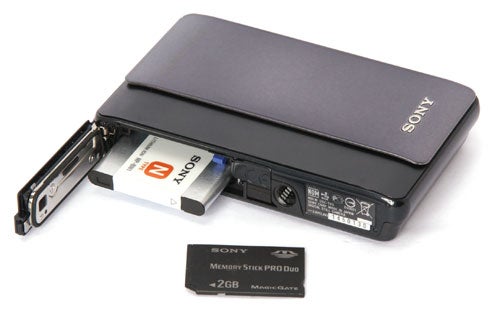
The TX1 had a maximum full resolution ISO setting of 800. The TX5 starts at 125 ISO goes up to 3200 ISO and I was expecting this to cause problems, but I needn’t have worried. At 125-400 ISO the image quality is excellent, and at 800 and 1600 ISO the results are far from disappointing. Even at the maximum setting images are just about usable, although only for smaller applications.
”’Verdict”’
The Sony Cyber-shot TX5 is a remarkable camera, a sleek and attractive pocket compact that is just as tough as most of the military-grade rugged compacts. Build quality is superb, the touch-screen interface is versatile and easy to use, performance is outstanding and the picture quality is superb. My local camera shop tells me that this thing is flying off the shelves, and I’m not at all surprised.
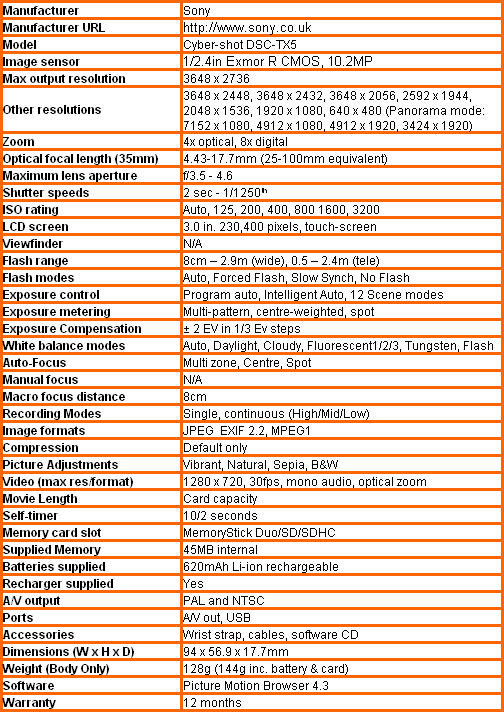
”Over the next few pages we show a range of test shots. On this page the full size image at the minimum and maximum ISO settings have been reduced to let you see the full image, and a series of full resolution crops have taken from original images at a range of ISO settings to show the overall image quality. These pictures were taken indoors using shaded natural light. ”
—-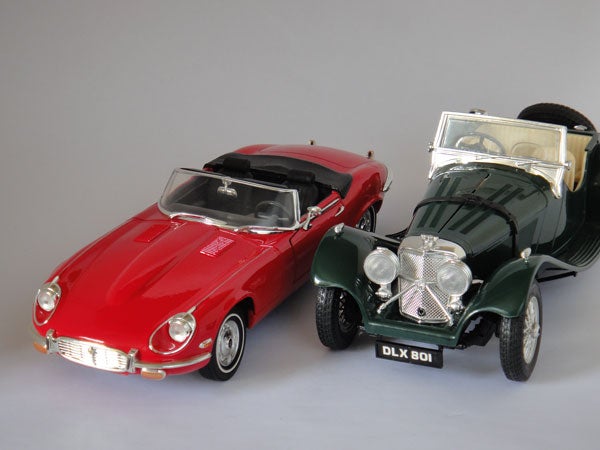
This is the full frame at 125 ISO.
—-
At the minimum ISO setting the image quality is excellent.
—-
Virtually identical results at 200 ISO.
—-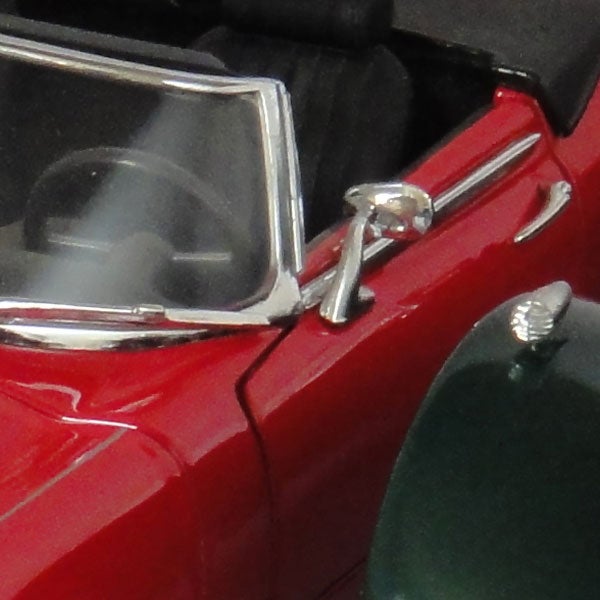
Still very good at 400 ISO, with no visible noise.
—-
There is a little noise present at 800 ISO, but colour gradients are still smooth.
—-
Noise is increasing at 1600 ISO but this would still make a good print, remarkable for a compact camera.
—-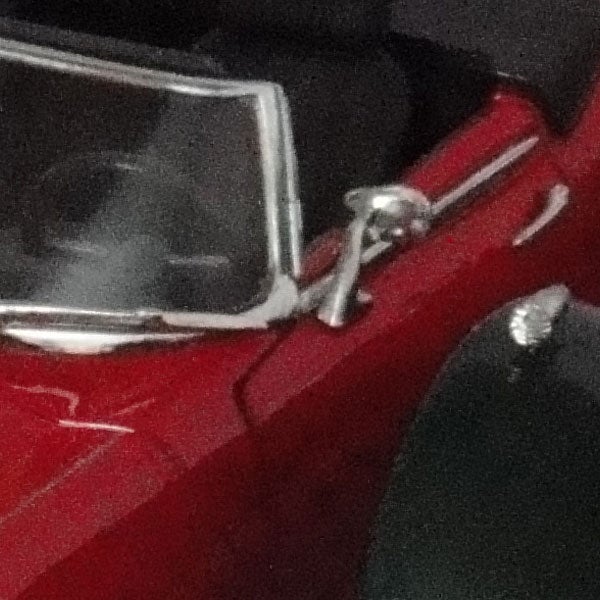
3200 ISO is noisy, but far from a complete disaster.
—-
This is the full frame at 3200 ISO.
—-
”A range of general test shots are shown over the next two pages. In some cases, the full size image has been reduced for bandwidth purposes, and a crop taken from the original full resolution image has been placed below it to show the overall image quality. Some other pictures may be clicked to view the original full-size image. ”
—-
Here’s the usual detail test shot of the West Window of Exeter Cathedral, for you to compare with other cameras. See below for a full res crop, or click to see the whole picture. File size 4.15MB.
—-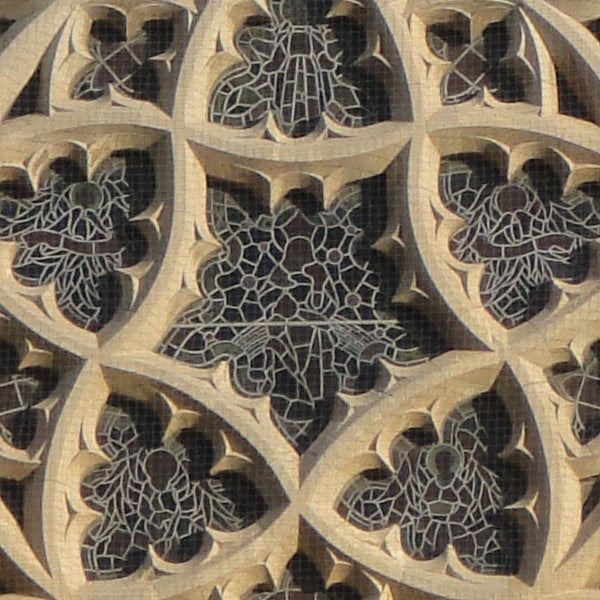
The excellent Carl Zeiss lens provide plenty of sharp detail.
—-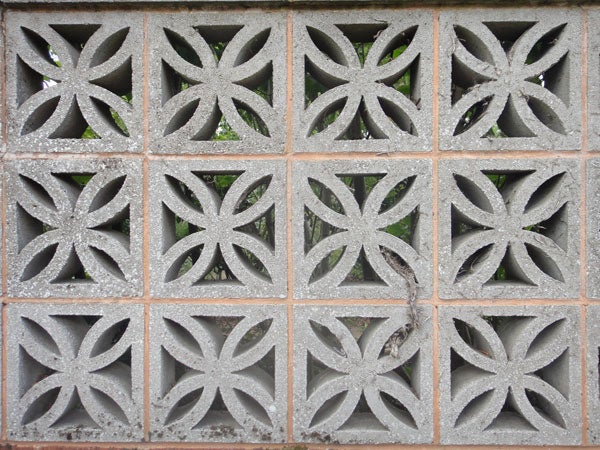
Minimal distortion even at the 25mm wide-angle end, although this may be digitally corrected.
—-
Centre sharpness is excellent.
—-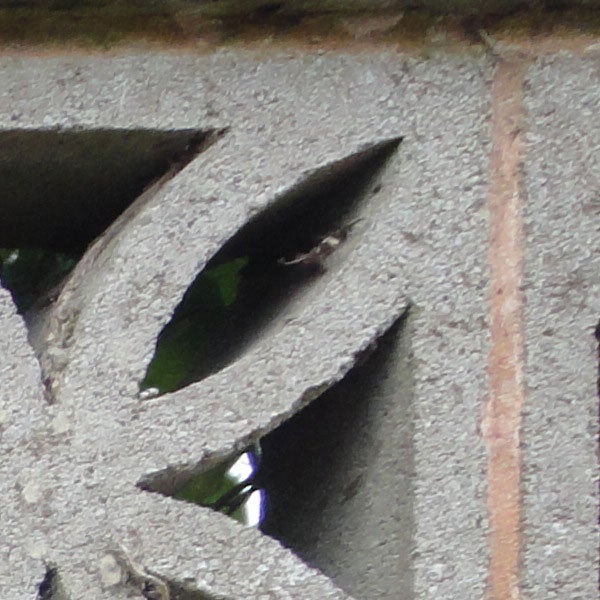
Corner sharpness is also very good, with no chromatic aberration.
—-
”Here are some general test shots to help evaluate the camera’s overall image quality, including dynamic range, colour rendition and the zoom range of the lens. Some pictures may be clicked to download the full size original image. ”
—-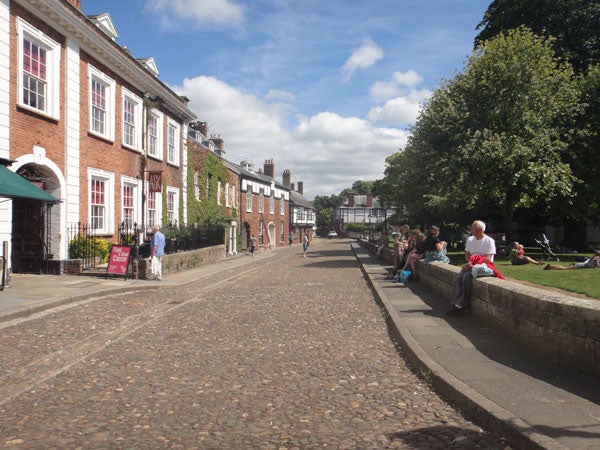
The wide angle of the zoom range is equivalent to 25mm, wider than the TX1.
—-
The telephoto end is equivalent to 100mm.
—-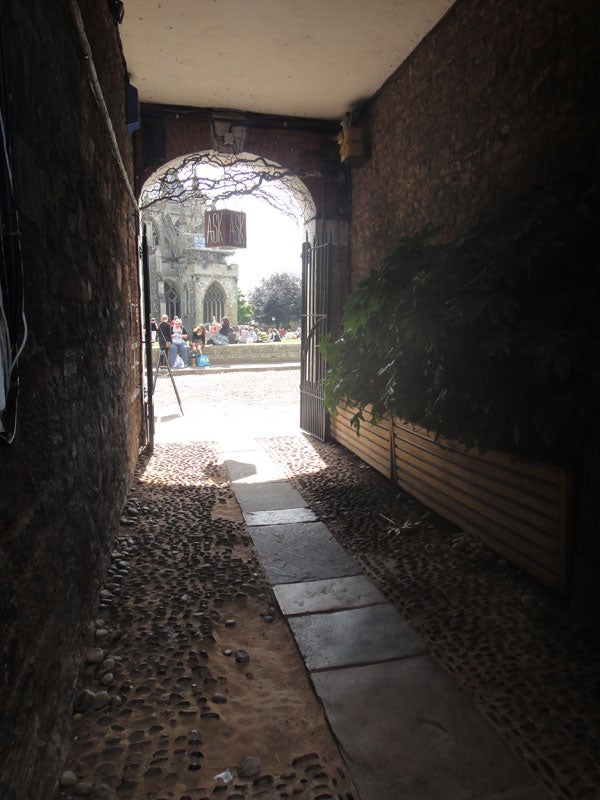
In standard mode the dynamic range is better than average.
—-
The in-camera HDR mode vastly improves both shadow and highlight detail.
—-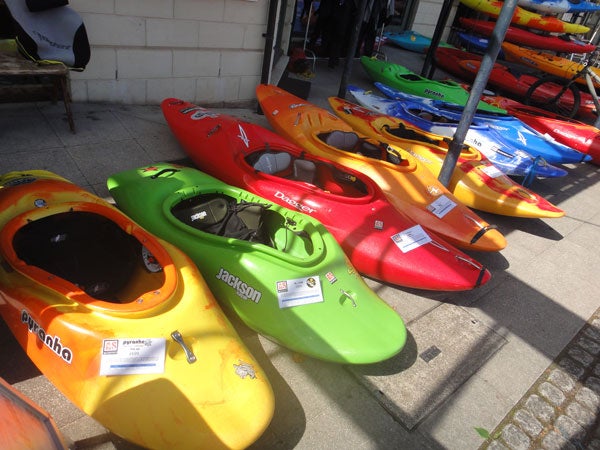
Colour rendition is very natural and even.
—-
The TX5 has Sony’s Sweep Panorama feature.
—-
Trusted Score
Score in detail
-
Value 7
-
Image Quality 9
-
Build Quality 10
Features
| Camera type | Digital Compact, Digital SLR |
| Megapixels (Megapixel) | 10.2 Megapixel |
| Optical Zoom (Times) | 4x |
| Image Sensor | 1/2.4-inch Exmor R CMOS |
| Optical focal length | 4.43 to 17.7mm |
| Shutter speed | 2 secs to 1/250 |
| Auto focus | Multi, Centre-weighted, Spot |
| Manual focus | N/A |
| Max output resolution | 3648x2736 |
| Other resolutions | 3648x2448, 3648x2432, 3648x2056, 2592x1944, 2048x1536, 1920x1080, 640x480, 7152x1080, 4912x1080, 4912x1920, 3424x1920 |
| Focus range | 8cm |
| Exposure control | Program auto, Intelligent auto, 12 scene modes |
| Exposure metering | Multi-patter, Centre-weighted, Spot |
| Exposure compensation | +2EV in 1/3 EV steps |
| Image Stabilisation | Optical |
| ISO settings | Auto, 125, 200, 400, 800, 1600, 3200 |
| LCD Monitor | 3-inch |
| Viewfinder | N/A |
| Flash range | 8cm to 2.9m (wide), 0.5 to 2.4m (tele) |
| Flash modes | Auto, Forced Flash, No flash, Slow sync |
| White balance modes | Auto, Daylight, Cloudy, Fluoro 1/2/3, Tungsten, flash |
| Image formats | JPEG, Exif 2.2 |
| Picture adjustments | Vibrant, natural, sepia, black & white |
| Video (max res/format) | 1280x720 at 30fps |
| Movie length | Card capacity |
| Self timer | 10/2 secs |
| Memory card slot | Memory Stick Duo/SD/SDHC |
| Supplied memory | 45MB |
| Batteries supplied | 620mAh Li-ion rechargeable |
| Charger supplied | Yes |
| A/V output | PAL, NTSC |
| Charging/Computer Connection | Yes |
| AV Out | Yes |
Physical Specifications
| Dimensions Width (Millimeter) | 94mm |
| Depth (Millimeter) | 56.9mm |
| Weight (body only) (Kilogram) | 128gkg |

